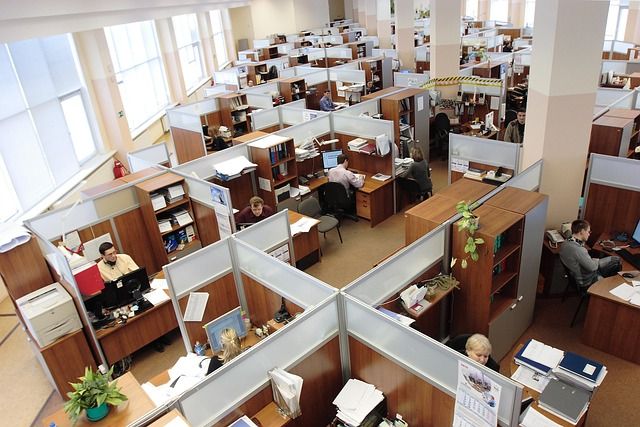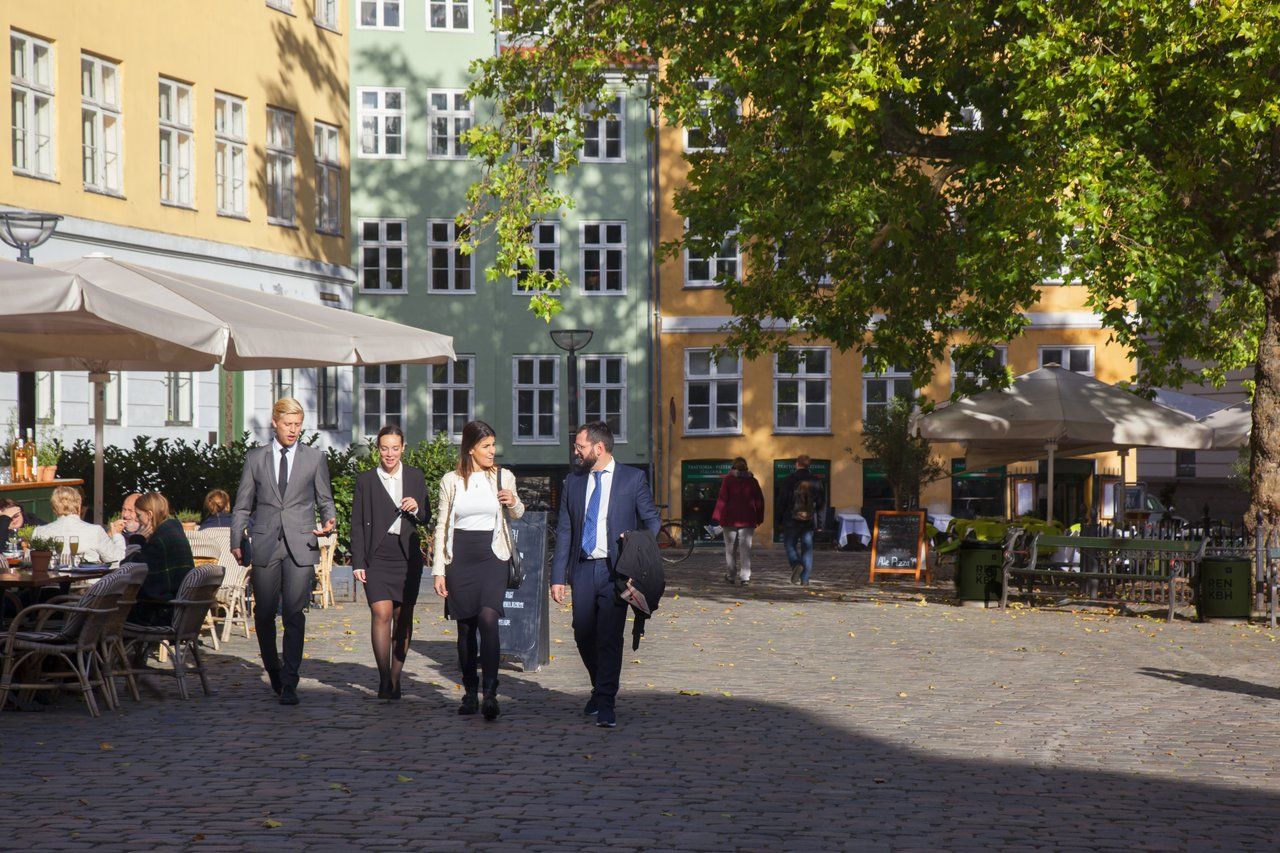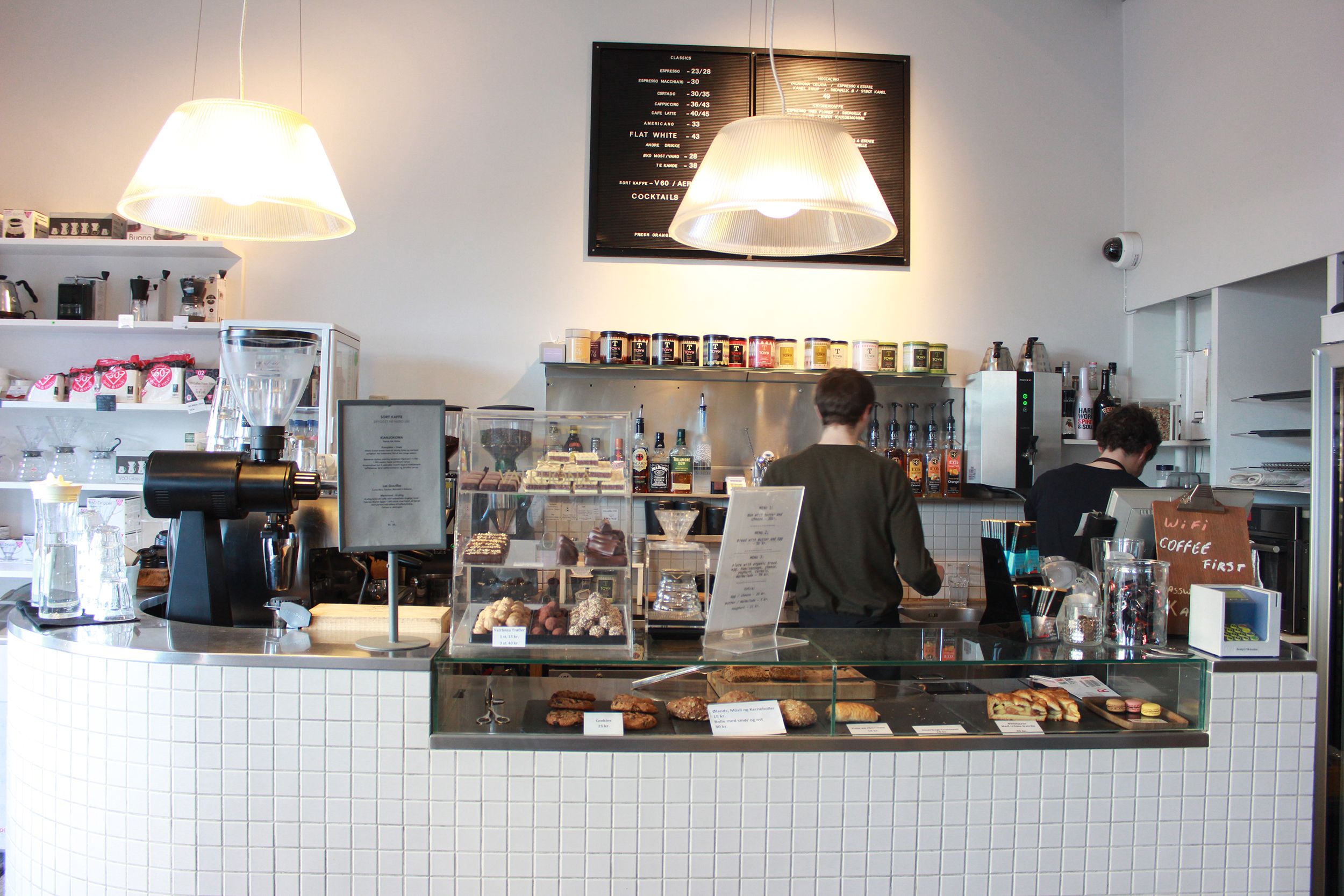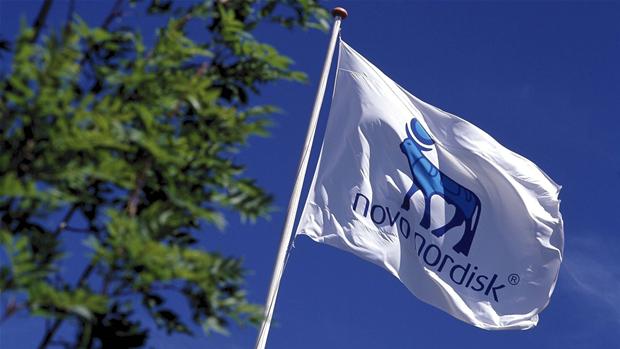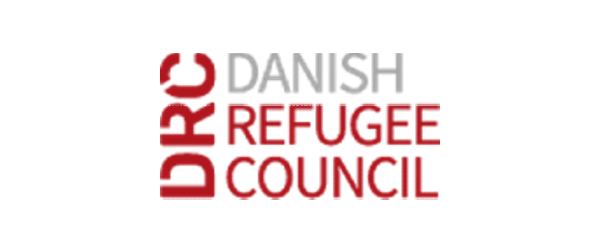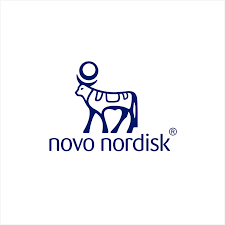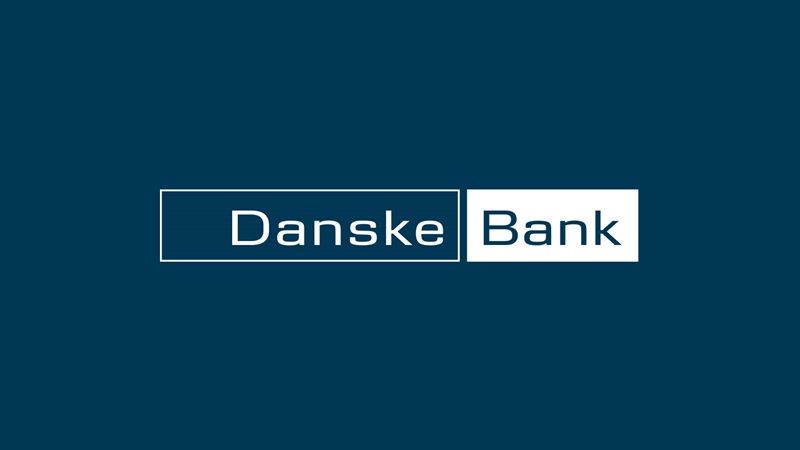There is nothing more thrilling than immersing yourself into history to get a sense of how it felt to live in the past.
All four recommendations listed below offer you the chance to find out more about the backgrounds of some of Denmark’s most talked-about issues and places.
Learn how the Carlsberg brewery started; find out more about the development of Greenland; consider what it must have been like for Copenhagen’s first immigrants; and explore the country’s medical history.
Sample great beers, strange anecdotes and organs in jam jars at four very di fferent venues.
The Copenhagen Exbeerience
Visit Carlsberg, Gamle Carlsberg Vej 11, Cph V
Visit a legendary landmark where you can use and indulge your senses.
Smell the ingredients, discover beautiful architecture, try different varieties of the world-famous Danish beer and get a taste of what Carlsberg is all about – less than a 10-minute ride from City Hall Square.
While you’re there, make sure you take a guided tour and explore the world of Carlsberg’s brewery, stables, beer bar and brand store.
Get close, look carefully
Nordatlantens Brygge, Strandgade 91, Cph K; ends April 12
“Graphic art is like reading a book, you have to get close and look carefully,” says artist Anne-Birthe Hove. Her work is on show at Nordatlantens Brygge in Copenhagen.
Seen in a retrospective light, Hove’s work, which often includes a social perspective or commentary, also gives an impression of Greenland’s development over the past 50 years.
Although nature is central to several of her pieces, it is primarily portrayed as a backdrop or a premise for human acts and existence.
Becoming a Copenhagener
permanent exhibition at Museum of Copenhagen, Vesterbrogade 59, Cph V
The Museum of Copenhagen’s special exhibition focuses on immigration to Copenhagen as the catalyst of – and pre-condition for – the city’s growth and change.
Immigration is, and always has been, an important factor in the history of the capital and the process of urbanisation.
The physical traces left by the immigrant citizens of Copenhagen in former times are particularly interesting – not just as a curious feature of city life, but rather as a key ingredient in Copenhagen’s growth and development.
A look inside
Medical Museion, Bredgade 62, Cph K
Medical Museion, a combined museum and research unit at the University of Copenhagen, has one of the biggest and richest historical collections of medical artefacts in Europe.
The collections contain up to 250,000 artefacts, such as medical instruments, fixation equipment and preserved body parts in jars.
With exhibitions such as Obesity – what’s the problem?, Hello Bacteria! and The Psychiatry Room, you can get a biological and historical tour through the human body.
Find out more at http://www.cphmuseums.com/.







